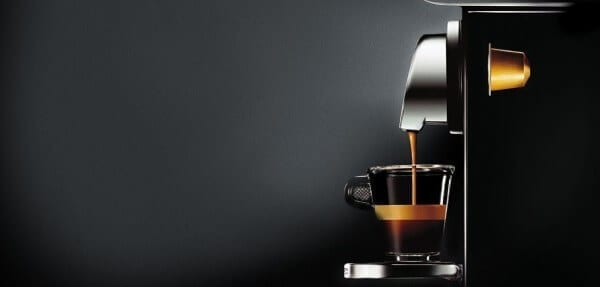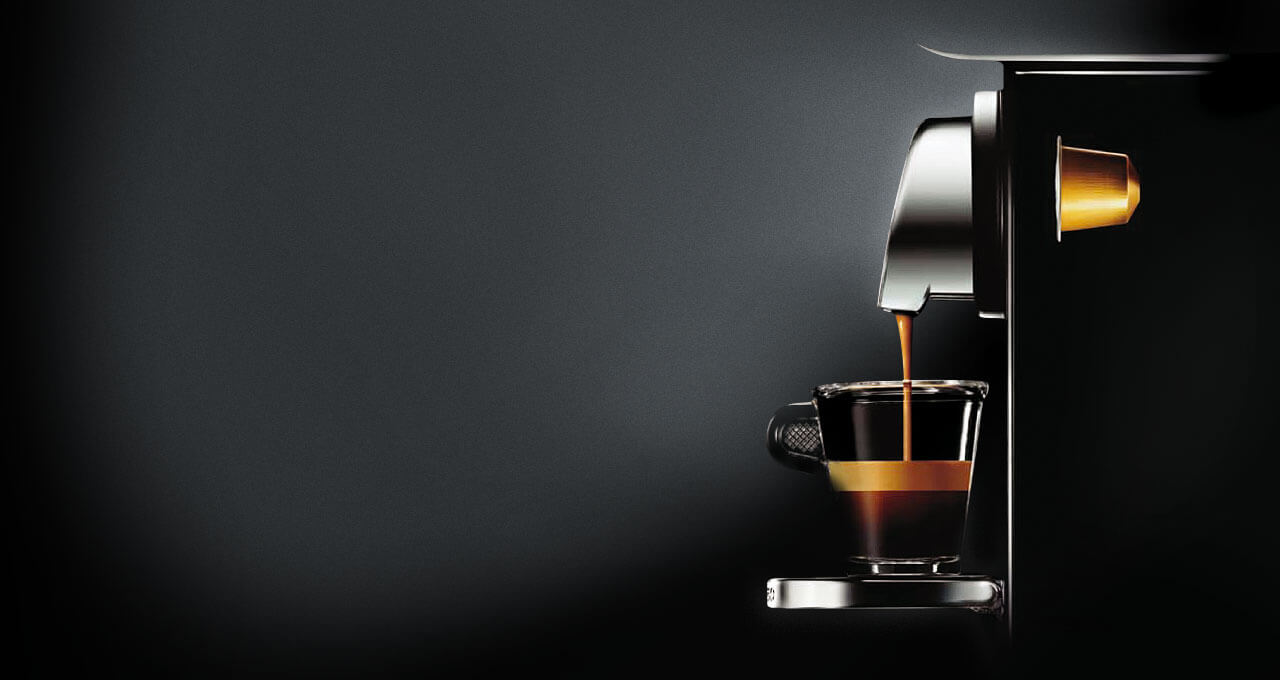
Great product designers design great experiences. Although it may seem counterintuitive, a useful approach to designing a physical product is to view it as a series of experiences.
Rather than thinking of the result as an object, an experience-based approach helps redirect attention to how an item is used and what benefits it can provide to the user. Owning a coffee machine means enjoying coffee, not having a couple of pounds of metal and plastic on the kitchen bench.
There are a variety of experiences or interactions that a user has to discover, select, use, even forget. Everything has a positive, neutral or negative impact on the feeling we get from owning and/or using the item. Even the acts of taking the item home from the store and ‘unboxing’ are opportunities to engage the new owner, which reinforce the feeling that they have made a great choice, and thanks to that the manufacturers gain a fan.
Designers often use user maps as a tool to capture and track all the touch points that are anticipated to be encountered by customers throughout the shopping experience. Many years ago, Jan Carlzon, then president of Scandinavian Airlines, wrote about these interaction points as the “moments of truth.” While not a traditional tool for physical product design, user maps that identify interaction points and the evaluation of each can be very useful.
Product = experience is a useful methodology for industrial designers. Thinking in terms of experience and thinking “beyond the product” offers another view for designers when developing a concept, and can help uncover additional opportunities to provide value to the user.
